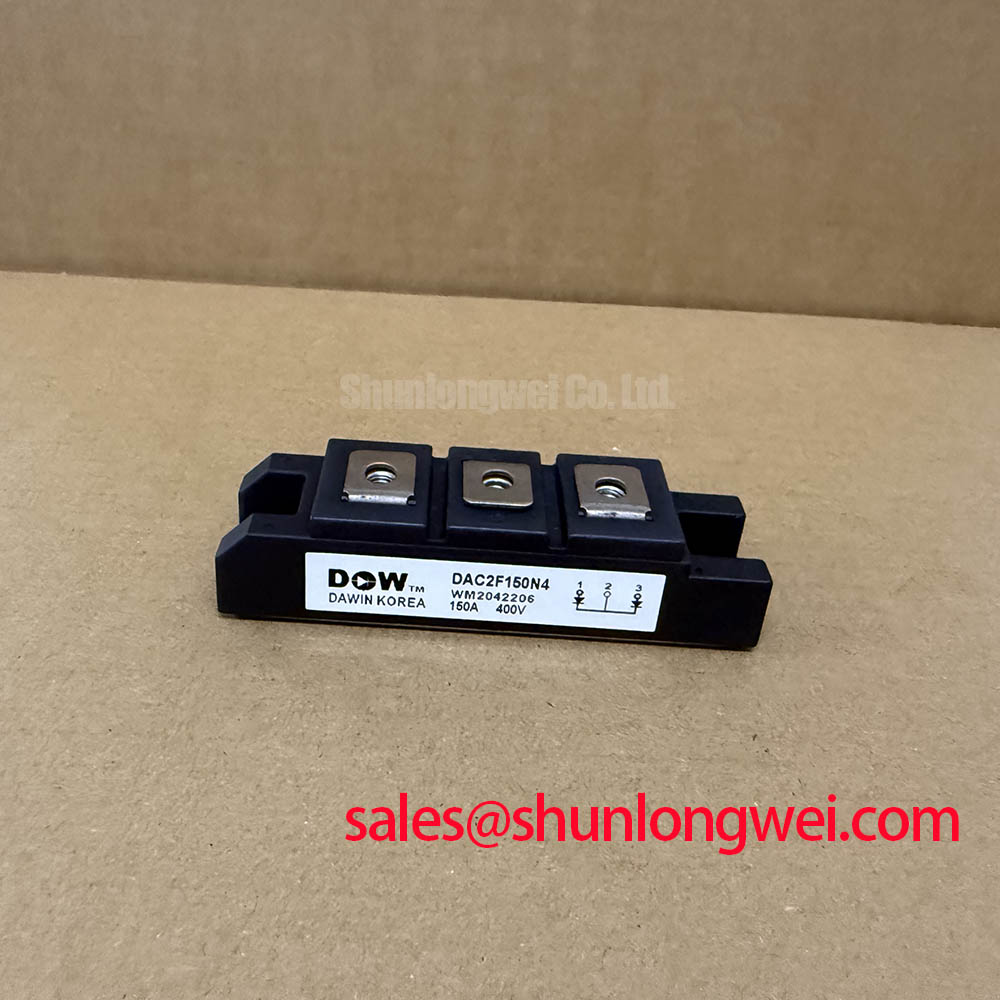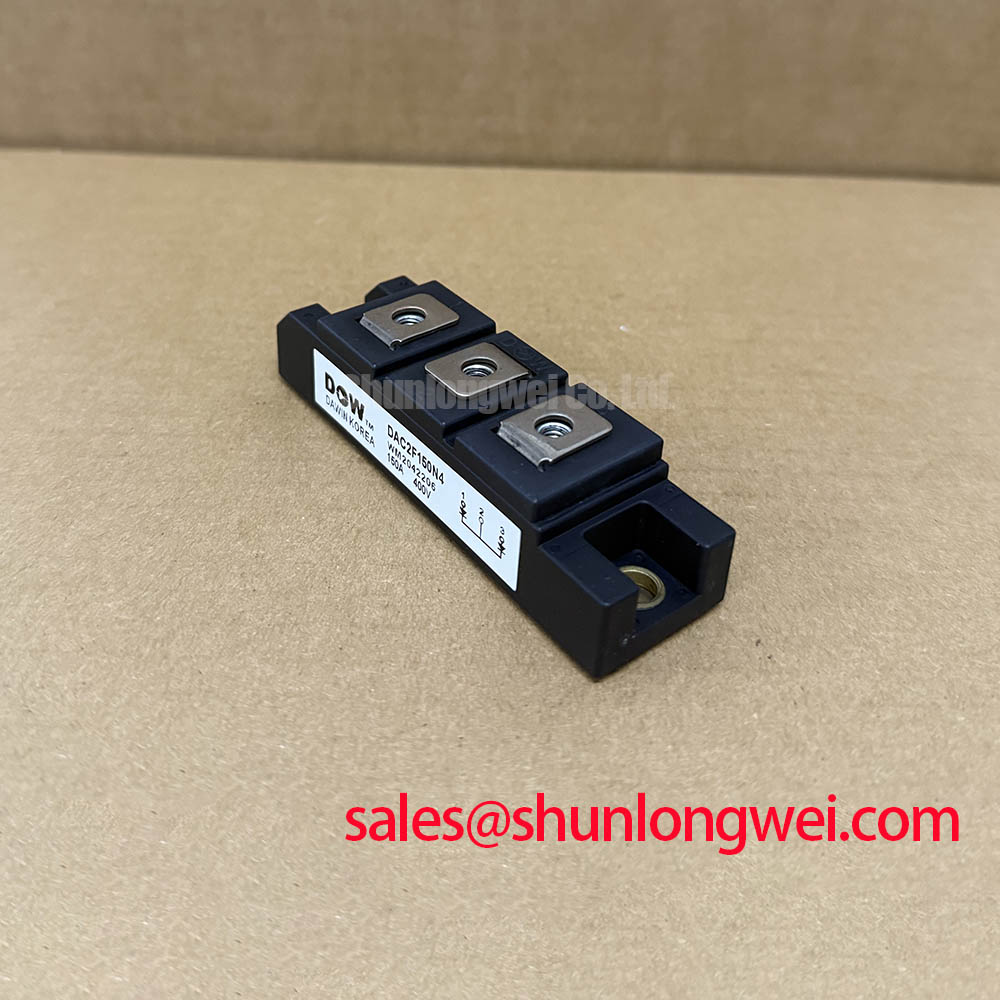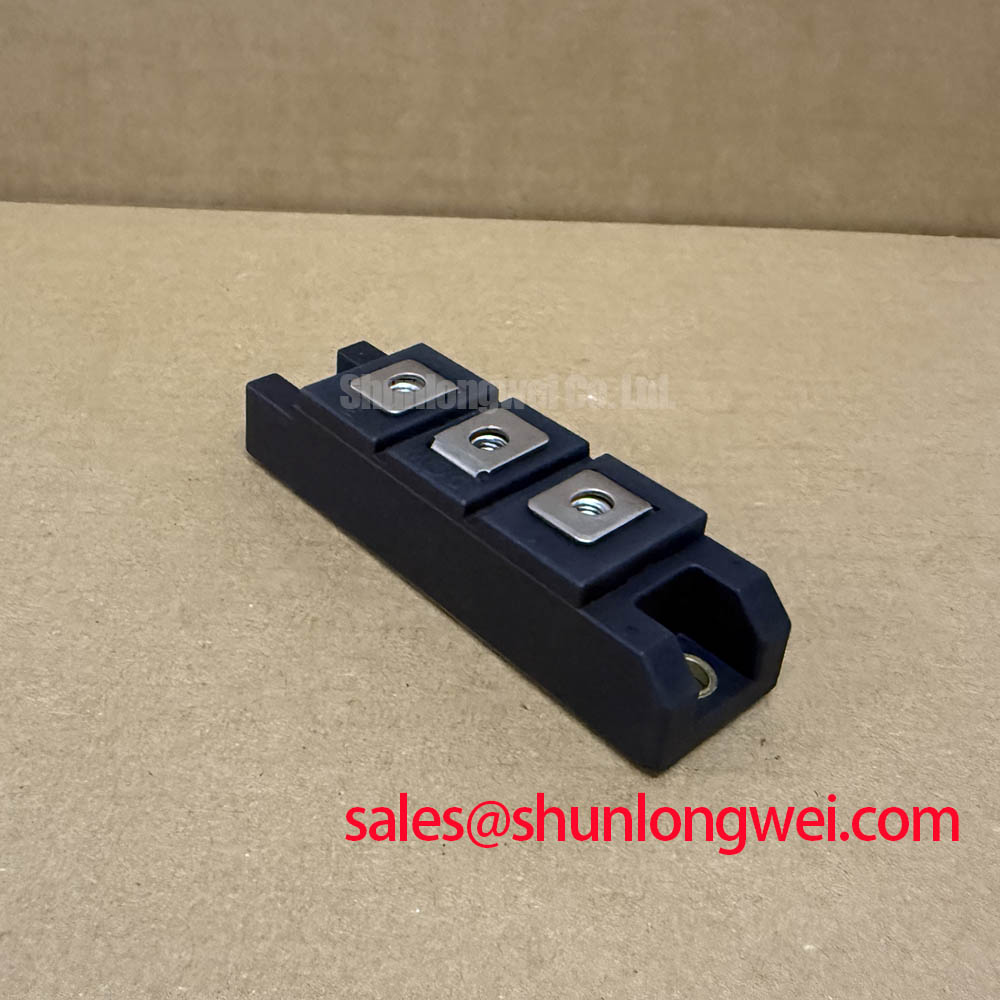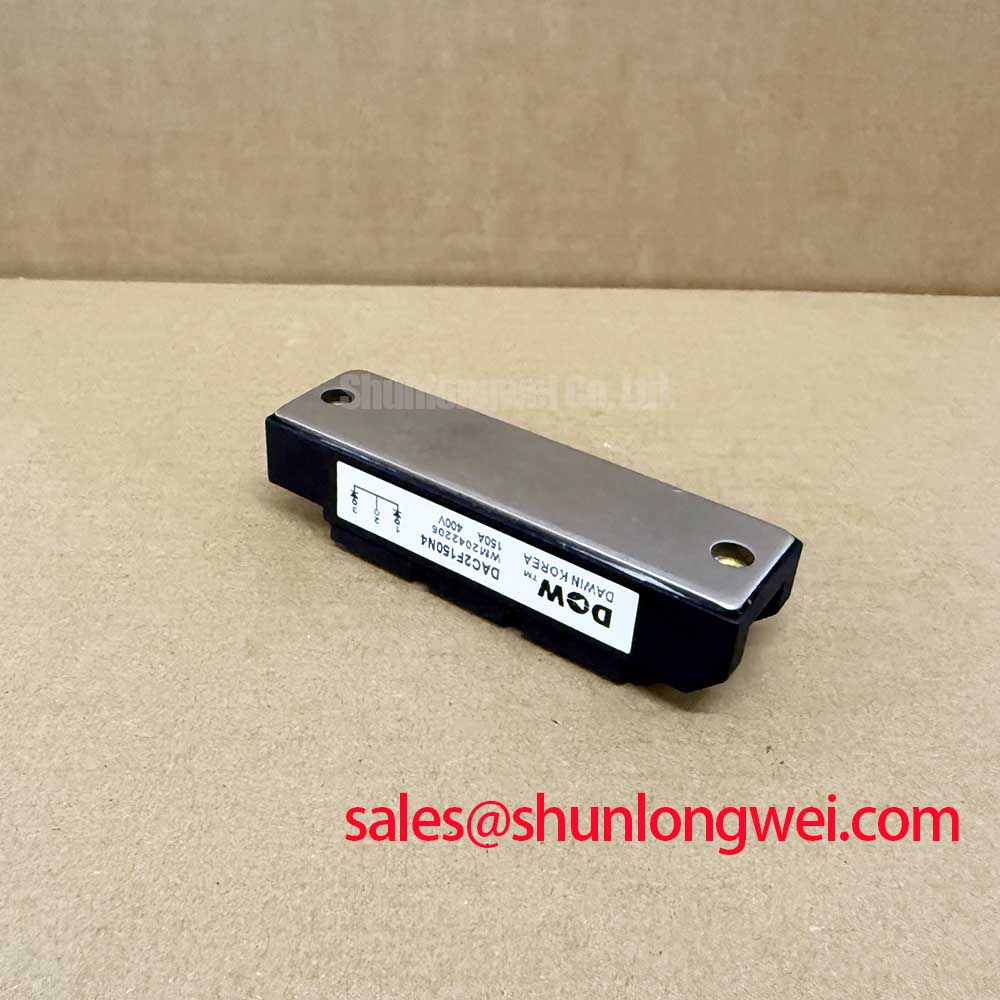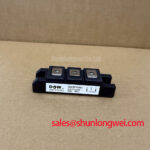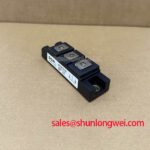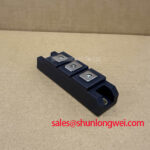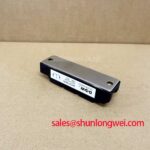Content last revised on November 19, 2025
DAC2F150N4 Diode Module: Technical Analysis for High-Reliability Rectifier Design
Engineering a Foundation for Robust Power Conversion
Unpacking the Specifications for Industrial-Grade Rectification
The DAC2F150N4 is a diode module engineered for robust performance in the input stages of high-power AC-DC conversion systems. It delivers a formidable combination of high current and voltage handling, featuring key specifications of 400V | 150A. This module is designed to provide exceptional operational stability and a long service life in demanding industrial environments. It directly addresses the engineering need for a reliable rectification solution in systems where uptime is critical. Best suited for three-phase input rectifiers in industrial drives and power supplies where operational longevity and thermal stability are primary design criteria.
Application Scenarios & Value
System-Level Benefits in Industrial Drive and Power Supply Front-Ends
The DAC2F150N4 is principally designed for the uncontrolled three-phase bridge rectifier stage found in a vast range of industrial equipment. Its primary role is converting mains AC voltage into a stable DC bus, which is a foundational requirement for systems like Variable Frequency Drive (VFD), servo drives, welding power supplies, and uninterruptible power supplies (UPS).
Consider the specific challenge within a VFD controlling a high-inertia industrial motor. During startup and under heavy load conditions, the input rectifier must handle significant inrush currents without degradation. The DAC2F150N4's 150A average forward current rating provides a substantial operating margin in these scenarios, ensuring the DC bus remains stable and protecting downstream components like IGBTs and capacitors. Its robust thermal design is critical for dissipating the heat generated by conduction losses, preventing thermal runaway and ensuring consistent performance shift after shift. What is the primary benefit of its robust design? Enhanced long-term reliability by mitigating thermal and electrical stress.
For systems requiring different current or voltage capabilities, related components such as the MDS200A1600V can be evaluated for higher voltage industrial line applications.
Key Parameter Overview
Highlighting the Core Metrics for Rectifier Circuit Design
The technical specifications of the DAC2F150N4 are tailored to provide a reliable and efficient AC-DC conversion solution. The parameters below are essential for system-level thermal management, fault-current analysis, and ensuring operational longevity.
| Parameter | Symbol | Value | Conditions |
|---|---|---|---|
| Repetitive Peak Reverse Voltage | V RRM | 400 V | - |
| Average Forward Current | I F(AV) | 150 A | Three-phase full wave |
| Peak Forward Surge Current | I FSM | 3000 A | 50Hz half-sine wave, 1 cycle, non-repetitive |
| Forward Voltage Drop | V F | 1.35 V | Tj=25°C, I F =150A |
| Operating Junction Temperature | Tj | -40 to +150 °C | - |
| Mounting Torque | - | 5 ± 1 N·m | Main terminal (M6) |
Industry Insights & Strategic Advantage
Building Resilient Systems for the Demands of Industry 4.0
In the context of Industry 4.0 and increasingly automated manufacturing, system reliability is no longer just an operational goal—it's a strategic imperative. Unplanned downtime directly impacts productivity and profitability. The foundational power components, such as the input rectifier, play a disproportionately large role in overall system resilience. A failure at this stage can cascade through the entire power train. The DAC2F150N4, with its robust electrical and thermal specifications, provides the engineering margin needed to build power supplies that can withstand the unpredictable electrical environment of a modern factory floor. By selecting a module designed for durability, engineers are not just specifying a component; they are investing in the long-term operational continuity that underpins advanced manufacturing and automation strategies. More information on IGBT technologies can be found on manufacturer sites like Fuji Electric.
Frequently Asked Questions (FAQ)
What is the significance of the 3000A I FSM rating?
The Peak Forward Surge Current (I FSM) rating of 3000A indicates the module's ability to withstand a single, massive, non-repetitive current surge for a very short duration (one 50Hz half-sine cycle). This is a critical parameter for reliability, as it ensures the diode can survive events like initial power-up inrush current when charging large DC bus capacitors or nearby fault conditions without immediate failure.
How does the maximum Operating Junction Temperature of 150°C benefit my design?
A high maximum junction temperature of 150°C provides a significant thermal margin. It allows the module to operate reliably in high ambient temperature environments or under heavy load conditions without exceeding its safe limits. This gives engineers more flexibility in heatsink design, potentially allowing for smaller, more cost-effective thermal solutions or enabling higher power density in the final product.
Is the DAC2F150N4 suitable for use on a 400V AC line?
The Repetitive Peak Reverse Voltage (V RRM) of 400V is generally not sufficient for direct connection to a 400V AC line, which can have peak voltages exceeding 560V. This module is typically intended for systems operating on lower voltage lines, such as 200/240V AC systems, where the 400V rating provides a safe operating margin against line transients. For detailed guidance, refer to our guide on selecting modules based on voltage and current.
What is the typical application for a three-phase diode module like this?
The DAC2F150N4 is configured as a three-phase, full-wave bridge rectifier. Its primary application is to serve as the "front-end" of a power conversion system, converting three-phase AC input power from the grid into a raw DC voltage. This DC voltage then serves as the main power source for downstream converters, most commonly inverters for motor control (VFDs) or switched-mode power supplies (SMPS).
Strategic Component Selection
Enhancing Long-Term Value Through Proven Reliability
To enhance the long-term value and operational resilience of industrial power conversion systems, specifying components with proven reliability metrics is a critical design decision. The robust electrical margins and thermal stability of the DAC2F150N4 position it as a strategic choice for engineers focused on minimizing field failures and maximizing the service life of their equipment. Integrating such a component provides a dependable power foundation, enabling the performance and longevity expected of modern industrial machinery.

